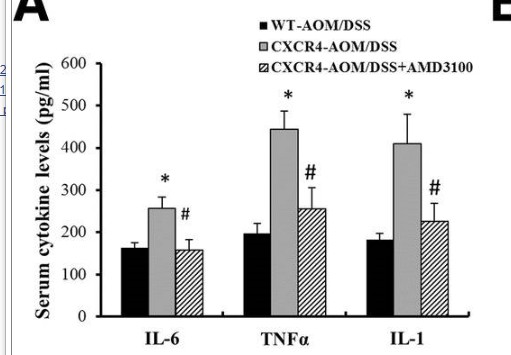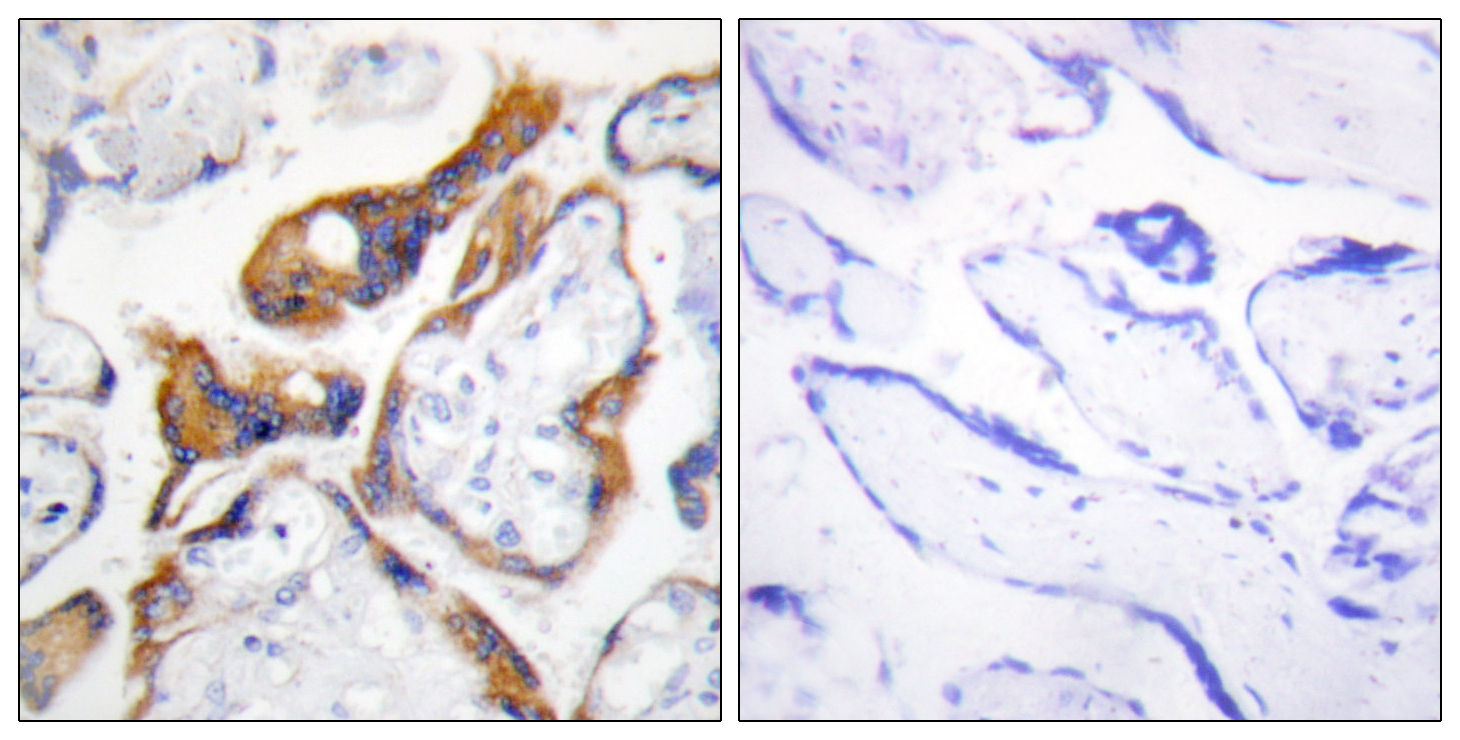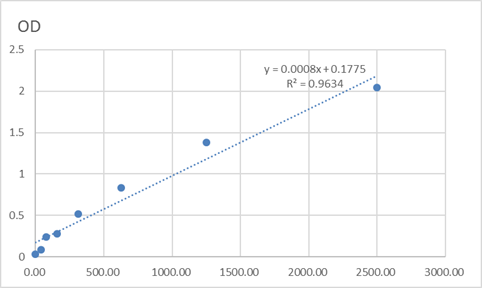Total TSSC3 Cell-Based Colorimetric ELISA Kit
- Catalog No.:KA3783C
- Applications:ELISA
- Reactivity:Human
- Gene Name:
- PHLDA2
- Human Gene Id:
- 7262
- Human Swiss Prot No:
- Q53GA4
- Mouse Swiss Prot No:
- O08969
- Storage Stability:
- 2-8°C/6 months
- Other Name:
- Pleckstrin homology-like domain family A member 2 (Beckwith-Wiedemann syndrome chromosomal region 1 candidate gene C protein) (Imprinted in placenta and liver protein) (Tumor-suppressing STF cDNA 3 protein) (Tumor-suppressing subchromosomal transferable fragment candidate gene 3 protein) (p17-Beckwith-Wiedemann region 1 C) (p17-BWR1C)
- Detection Method:
- Colorimetric
- Background:
- domain:The PH domain binds phosphoinositides with a broad specificity. It may compete with the PH domain of some other proteins, thereby interfering with their binding to phosphatidylinositol 4,5-bisphosphate (PIP2) and phosphatidylinositol 3,4,5-triphosphate (PIP3).,function:Plays a role in regulating placenta growth. May act via its PH domain that competes with other PH domain-containing proteins, thereby preventing their binding to membrane lipids.,induction:Maternal PHLDA2 allele is activated, while paternal Phlda2 is repressed due to genomic imprinting. Down-regulated by hypoxia. Although highly similar to PHLDA3 protein, it is not regulated by p53/TP53.,miscellaneous:The PHLDA2 locus is imprinted. Loss of imprinting results in overexpression. Imprinting is dependent on RNAi machinery.,similarity:Belongs to the PHLDA2 family.,similarity:Contains 1 PH domain.,tissue specificity:Expressed in placenta and adult prostate gland. In placenta, it is present in all cells of the villous cytotrophoblast. The protein is absent in cells from hydatidiform moles. Hydatidiform mole is a gestation characterized by abnormal development of both fetus and trophoblast. The majority of hydatidiform moles are associated with an excess of paternal to maternal genomes and are likely to result from the abnormal expression of imprinted genes (at protein level). Expressed at low levels in adult liver and lung, and fetal liver. Expressed in adult brain and neuroblastoma, medullablastoma and glioblastoma cell lines.,
- Function:
- apoptosis, cell death, programmed cell death, death,
- Subcellular Location:
- Cytoplasm . Membrane ; Peripheral membrane protein .
- Expression:
- Expressed in placenta and adult prostate gland. In placenta, it is present in all cells of the villous cytotrophoblast. The protein is absent in cells from hydatidiform moles. Hydatidiform mole is a gestation characterized by abnormal development of both fetus and trophoblast. The majority of hydatidiform moles are associated with an excess of paternal to maternal genomes and are likely to result from the abnormal expression of imprinted genes (at protein level). Expressed at low levels in adult liver and lung, and fetal liver. Expressed in adult brain and neuroblastoma, medullablastoma and glioblastoma cell lines.
- June 19-2018
- WESTERN IMMUNOBLOTTING PROTOCOL
- June 19-2018
- IMMUNOHISTOCHEMISTRY-PARAFFIN PROTOCOL
- June 19-2018
- IMMUNOFLUORESCENCE PROTOCOL
- September 08-2020
- FLOW-CYTOMEYRT-PROTOCOL
- May 20-2022
- Cell-Based ELISA│解您多样本WB检测之困扰
- July 13-2018
- CELL-BASED-ELISA-PROTOCOL-FOR-ACETYL-PROTEIN
- July 13-2018
- CELL-BASED-ELISA-PROTOCOL-FOR-PHOSPHO-PROTEIN
- July 13-2018
- Antibody-FAQs



